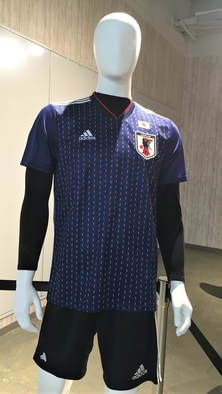
Where has the time gone? While sashiko is never far from my mind, in this busy modern life it takes some planning to get me sitting in front of the computer long enough to actually write about it.
One tidbit of sashiko related news I wanted to tell you about was the announcement of the uniform for the Japanese soccer team in next year’s World Cup… featuring sashiko in the design. Next year will mark the twentieth anniversary since Japan first qualified to compete in the World Cup, so the concept is that sashiko will be the thread that connects up history. Isn’t that a nice idea! Speaking of sashiko connecting people, you may remember I previously wrote about visiting a tiny backstreet bar in Tokyo where the owner showed me hanafukin made by her 94-year-old mother-in-law (turns out it was mother-in-law, not mother). Well, the other day when I paid another visit I had a wonderful surprise; apparently the mother-in-law was so thrilled to hear about my visit, she sent me a little gift, two hanafukin that she had made. I was moved to tears, as never in my life did I expect to receive a hanafukin from my own mother, let alone anyone else’s! Another lovely surprise was that she had left me some other hanafukin to look at, one of which happened to be exactly the same pattern as the piece I was carrying around with me to work on, and my topic for today kaki no hana (persimmon flower).
This stitch is one kind of hitomezashi (one stitch sashiko), which you may recall I wrote before was traditionally often used for practical purposes, such as clothing or reinforcing material, because of the strength that the dense stitching imparts. Hitomezashi is typical of Shonai sashiko, one of the three major styles of sashiko. The Shonai region is Yamagata prefecture in northern Japan, a mountainous region, cold in winter, that faces the Japan Sea. The story goes that ships carried out regional products such as safflower and rice, and made the return journey with their holds filled with cotton and old clothing from the warmer regions they visited where cotton grew. Women would get busy stitching the cloth to make jackets, footwear and other useful items.
Compared to moyozashi (pattern stitches), I find hitomezashi easy in the sense that you don’t have to think about the length of your stitches or making them fit them the pattern, because each stitch is simply one side of a square in the grid. The only tricky thing is that you have to get the order of stitching right, if you don’t the pattern won’t appear. Transferring the pattern is simple too; just draw or trace a grid onto the fabric and off you go. The recommended size of the squares on the grid is 5mm, but they can be up to a centimeter. Any longer and the stitching will stick up or catch. Here’s some examples of kaki no hana stitching I found in my collection of sashiko books that may inspire you! (*Amazon Japan affiliate links included)
Above two images from Tohoku no Sashiko (Sashiko from the Tohoku region), Nihon Vogue-sha, 2016
Kawaii Hari Shigoto: Sashiko no Tezukurikomono (Charming Needlework: Small Handmade Sashiko Items), Boutique-sha, 2017
3 Comments
Last week my sashiko group participated in an annual exhibition held in the local Station Gallery. A train station might seem an unlikely location for a gallery, but actually it makes sense, as it’s the most central place in town and gets a lot of potential viewers passing by. Which happily was the case this time. 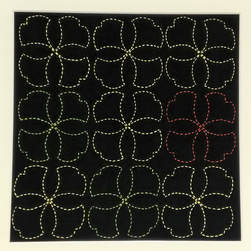 Icho tsunagi pattern (linked ginko leaves) Icho tsunagi pattern (linked ginko leaves) For the exhibition I decided to make another framed piece of sashiko to add to a series I started last year. This year I chose to stitch the pattern icho tsunagi, which means linked ginko leaves. As time was running short, I cheated by blowing up the pattern on a photocopier instead of enlarging the proportions on graph paper (shhh…don’t tell Sensei!). Then I cut and taped the paper pieces together to fit the cloth dimensions, taped chaco paper (transfer paper for tracing designs onto fabric) to the back of this pattern and traced over the design with a ballpoint pen to imprint it on the fabric. The autumn ginko leaves are gorgeous at this time of year and I wanted to reflect that by using thread in autumn colours of green and yellow, but unfortunately the result wasn’t as vivid as I hoped, so I ended up putting in one orange leaf for some contrast variation. Anyway, I was pleased with the result, and best of all Sensei praised my corner stitches. Phew! I didn’t want to let the side down… My fellow sashikoists all contributed their work from the past year and it was so exciting to see the inventive and wonderful pieces they’ve done all gathered in the one place. A real Aladdin”s cave! I had intended to describe these for you here, but realized I couldn’t possibly do them justice, so I’ll keep that for some later posts. The most thrilling exhibits, however, were the two wall hangings that were on display for the first time. Take a look at the amazing work below! These were the result of a joint project we’ve been working on all year, stitching squares fifteen by fifteen centimetres in length with whatever patterns we liked. When the time was up we gathered up all the squares and put them together to see what size hanging was possible. It turned out we had enough for two. Sensei gave no stipulations whatsoever as to what patterns we should stitch, but the overall balance seemed to be just right, and a lovely sampler of all the different styles of stitches; the densely stitched hitomezashi (single stitch), kyokusen moyozashi (curved line patterns), chokusen moyozashi (straight line patterns) and jiyuzashi (free stitching). I could look at these all day in wonder and never tire. What a gorgeous illustration of the beauty of sashiko!
I belong to a group of ten that meets once a month. Our teacher is Ms Chiyoko Nakazaki, who we call Nakazaki Sensei, as you do in Japanese. I know that in some classes the teacher provides the pattern, cloth and thread all cut up and ready to stitch, so that everybody does exactly the same thing, but Nakazaki Sensei’s approach is different. She encourages us all to find our own style and express our individuality through sashiko. However, she always stresses that in order to do this you must know the basics. Each month she gives us one or two different sashiko patterns to study. During the lesson we copy these onto graph paper, then mark up the fabric and begin stitching if time allows. We are free to choose how we want to apply the pattern. Sometimes Sensei gives us a pattern for a bag, tissue box cover or something similar to follow and make up ourselves, or we can choose to do a simple fukin cloth, or use something ready-made. Sewing is my weak point, therefore whenever possible I like to find ready-made items so I can spend more time stitching and less time fussing around with a sewing machine. According to Sensei, sashiko is all about mathematics, and if you can get the pattern right on paper first, you can apply it to anything. I’ve found that drawing patterns onto graph paper over and over really gives insight into how they are formed, which makes it easier to create variations, or adjust the proportions.
While working on drawing up patterns during the lesson we show each other the pieces we’ve made up since the previous month, look at examples of Sensei’s own work that she brings in for us to see, and exchange information about sashiko topics in general. At the end of the two-hour lesson, we finish up with a cup of tea and something sweet (always a delicious treat) and chat for a while. Once a year our group exhibits in a local art exhibition, and last year we also held a solo group exhibition for the first time. Sensei herself studied under the now deceased Eiko Yoshida, a major influence in modern sashiko and author of many books whom I’ll write about in another post. Eiko Sensei’s students and followers are now led by her inheritor, Kumiko Yoshida, and in my next post I’ll introduce a recently published book featuring their work. Thank you for all your kind comments so far. I enjoy reading them! |
Watts SashikoI love sashiko. I love its simplicity and complexity, I love looking at it, doing it, reading about it, and talking about it. Archives
September 2022
Categories
All
Sign up for the newsletter:
|

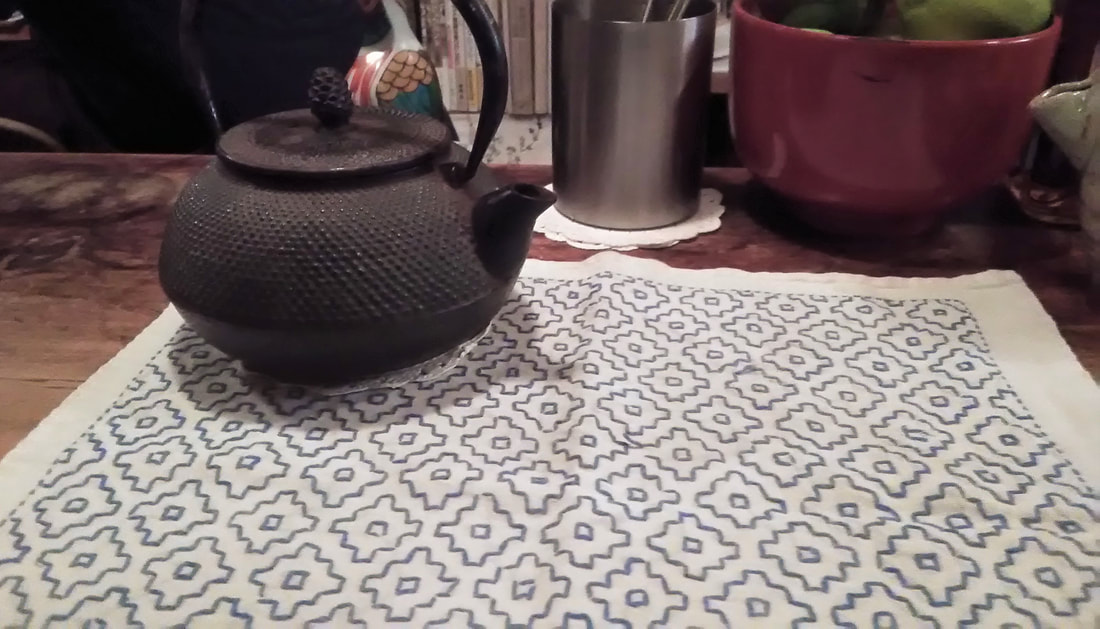
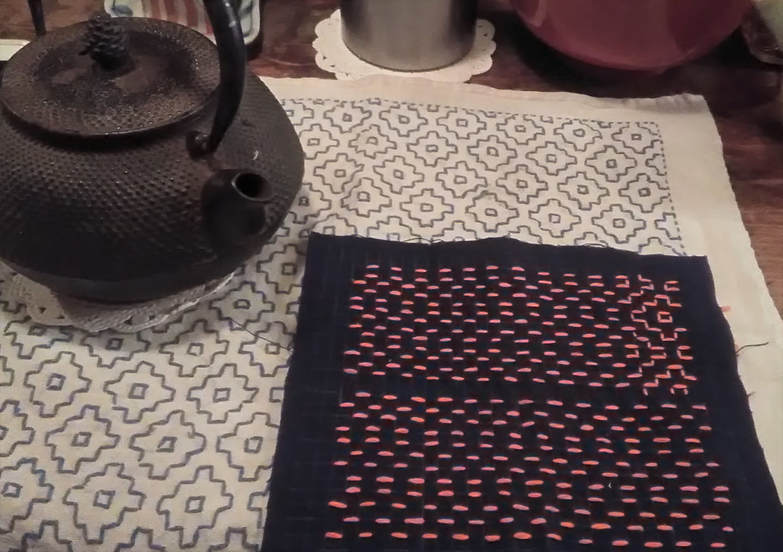

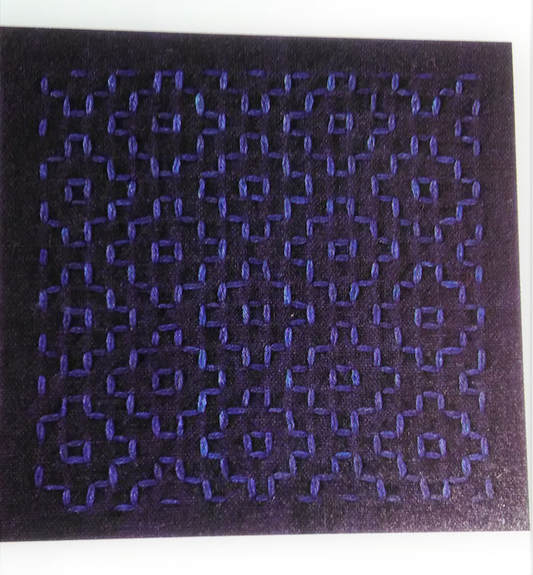
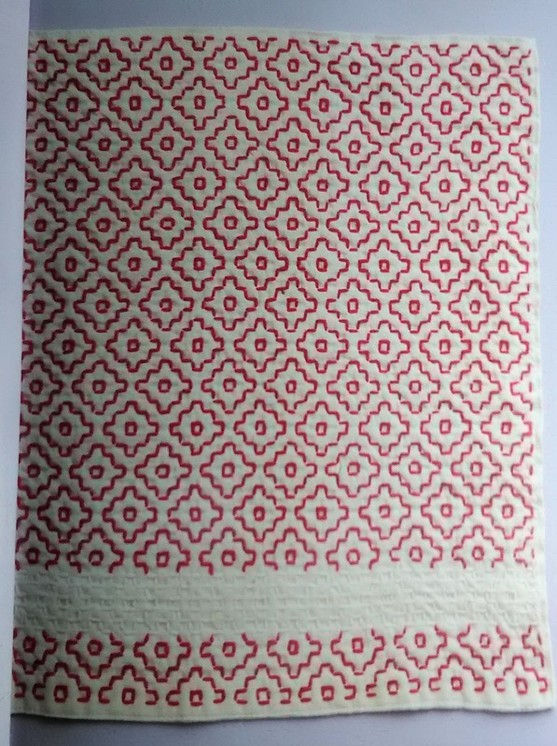
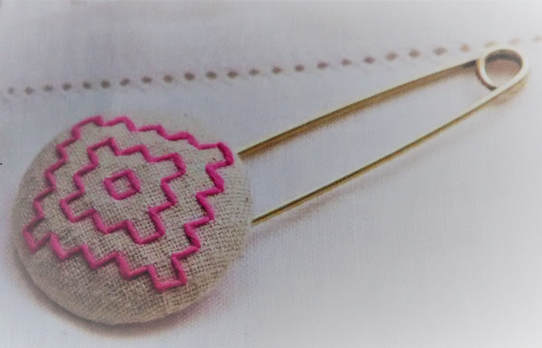
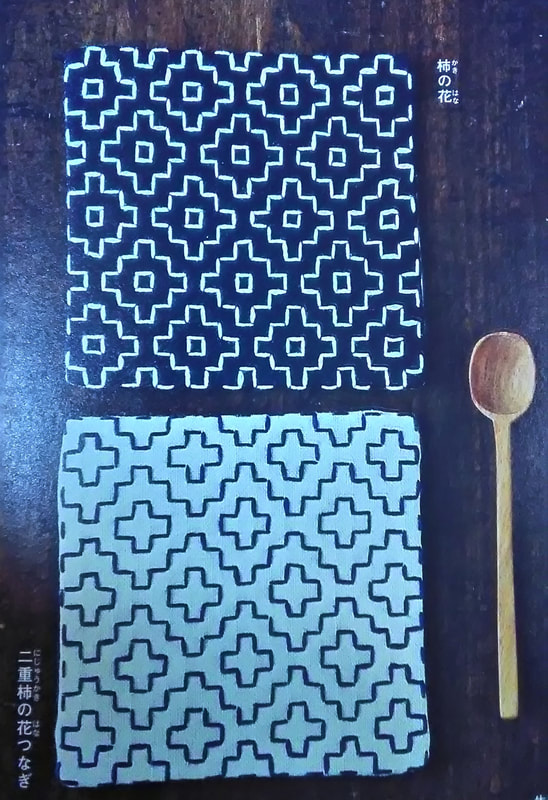
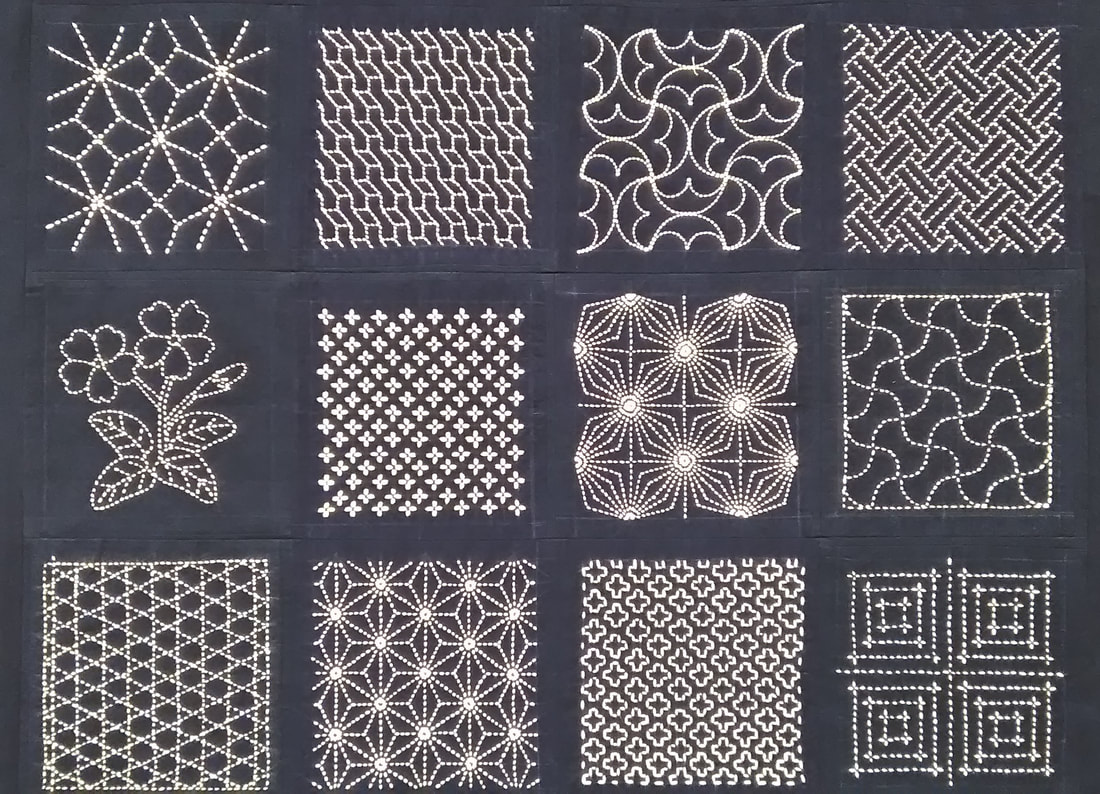
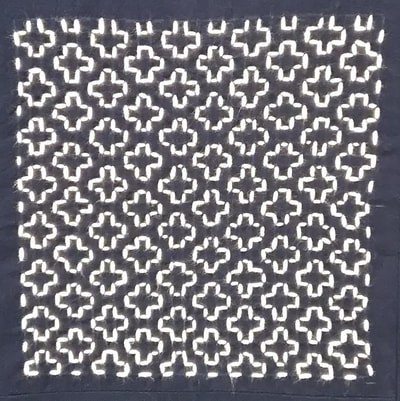
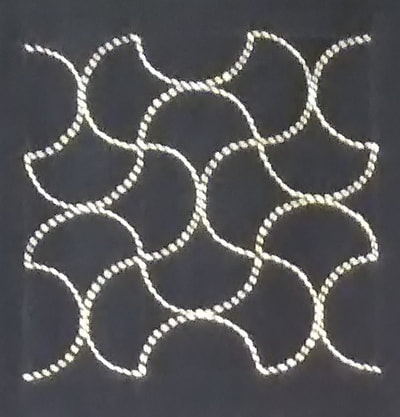
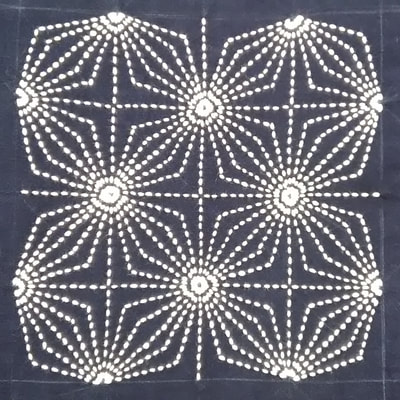
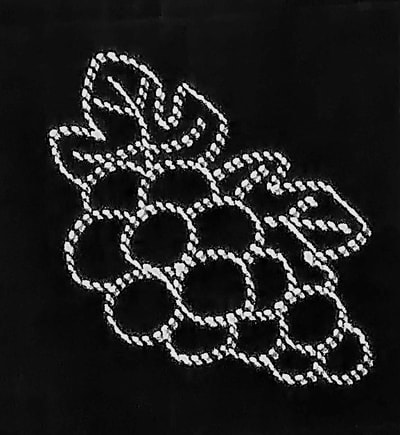
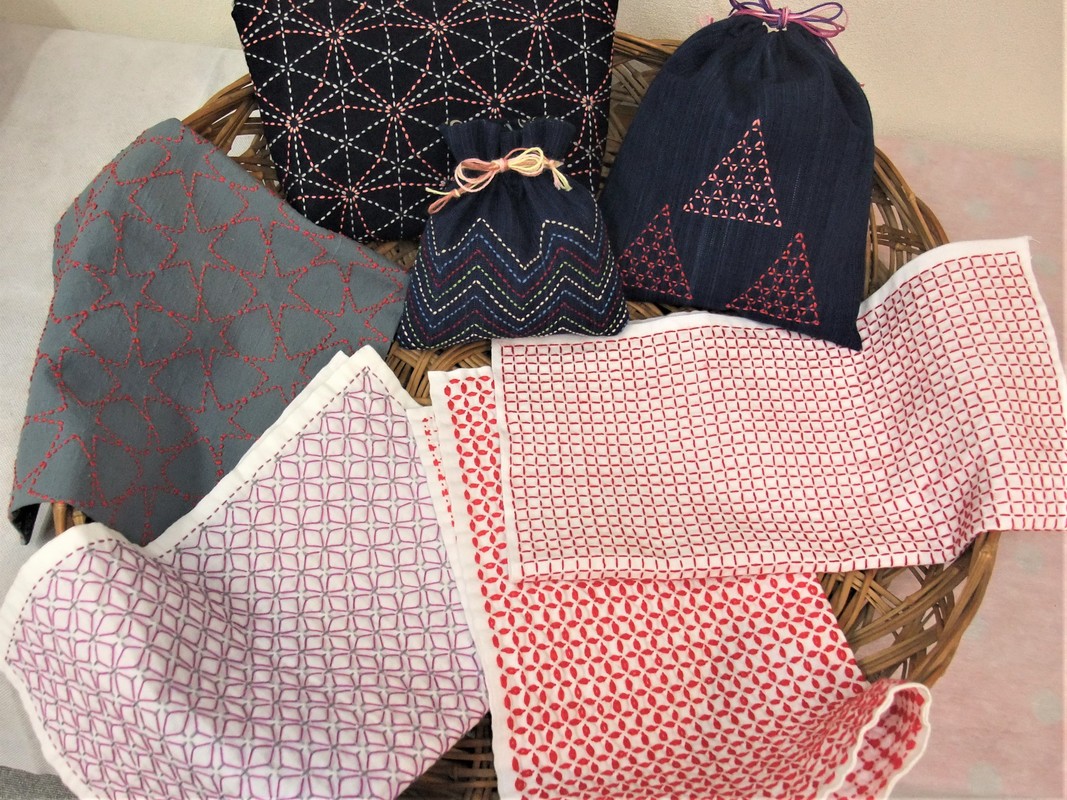
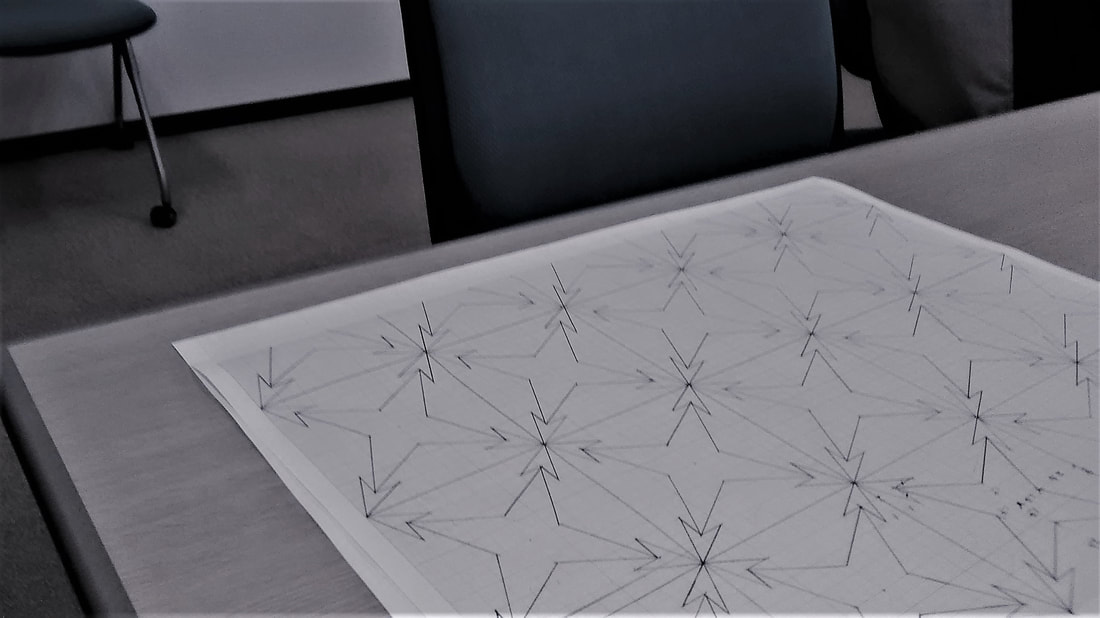
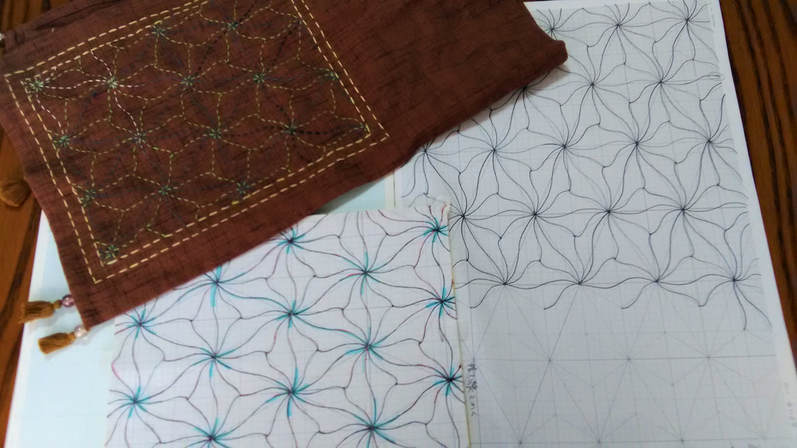
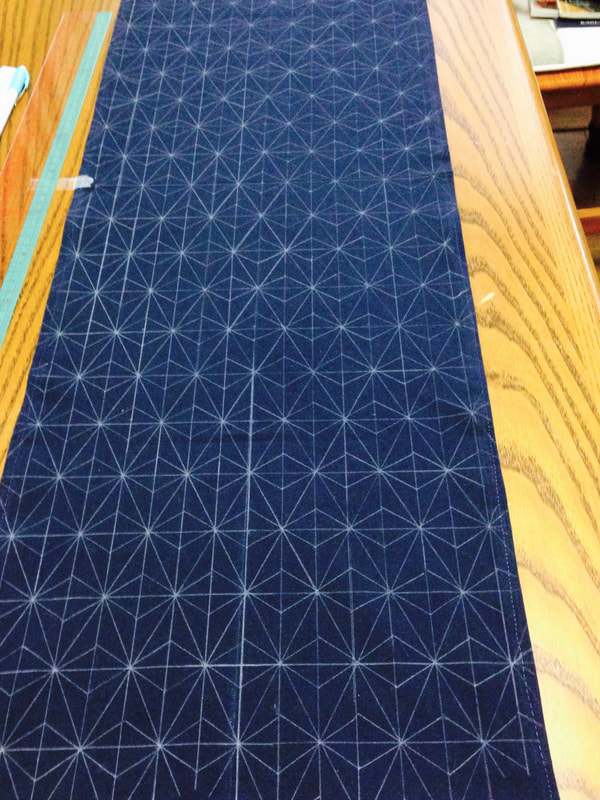
 RSS Feed
RSS Feed



